In this article, you will learn what is camshaft position sensor? Their function, location, symptoms, and replacement are explained with Pictures. If you need a PDF file? Just download it at the end of the article.
What is Camshaft Position Sensor?
The camshaft position sensor is an electronic device used in an engine that measures the rotation and position of the camshaft and feeds the data to the vehicle’s engine control module (ECM).
The ECM uses this data to control when to command spark and fuel for the best engine efficiency. When the air/fuel mixture is ignited at the right time, engine power and fuel savings are increased, and tailpipe emissions are reduced.
On modern types of engines, the camshaft position sensor determines which cylinder is in its power stroke relative to the crankshaft position, providing fuel and spark to start the engine when you step on the accelerator.
These sensors are typically fastened to the engine in order to pull has an electrical connection. A camshaft position sensor is a very small but extremely important magnetic device.
Camshaft Position Sensor Function
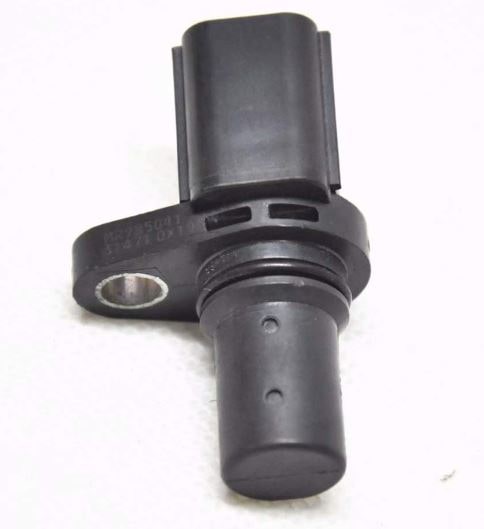
To better understand the function of the camshaft position sensor, let’s consider an example. In an internal combustion engine, the engine starts with a camshaft opening the engine valve, allowing air and fuel commanded by the ECM to the combustion chamber.
All valves then closed for the piston to compress the air and fuel. Once the piston reaches the top, the ECM commands spark for the combustion to occur pushing that piston down creating power.
Finally, the camshaft opens exhaust valves and the piston comes back up to let the gases out of the exhaust manifold. Along with all this, combustion occurs in an engine with the help of camshaft position sensors.
Camshaft Position Sensor Location
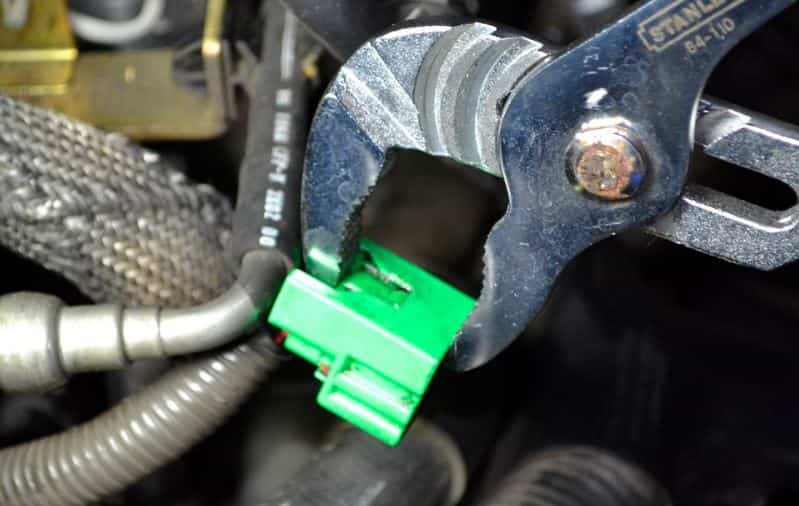
The exact location of the camshafts depends on the make, model, and design of the engine. But it will be located somewhere by the camshaft. Usually, the camshaft position sensor is located near the front side or top of the engine.
This can be on the top of the cylinder block, on one or both ends, or on the intake manifold, usually near the timing cover. In some cases, you may find the camshaft sensor behind the timing cover.
For ease and straightforward task, Just remove the cover of the particular engine, you can see that it is located right on the back of the engine.
Read Also: The Complete List of 20 Car Interior Parts with [Functions] PDF
Types of Camshaft Position Sensor
Following are the three main types of camshaft position sensors:
- Magnetic type sensor
- Hall effect sensor
- A.C. output sensor
#1 Magnetic Type Sensor
The magnetic type camshaft position sensor is recognized by the two wires that it contains. This generates its own voltage, an alternating current (AC) sine wave signal. It can be located inside the distributor or on the camshaft.
As it is near the camshaft, which has a permanent magnet device attached to it. Each time the magnet passes through the sensor, its magnetic field produces, and the resulting pulse is sent to the ECM for processing.
#2 Hall Effect Sensor
Whereas this type of camshaft sensor has three wires. The first wire is for its reference power, the second for its ground, and the third for the signal voltage to be sent to the computer. The Hall Effect sensor is also located inside the distributor or on the camshaft.
It has a screen with a slot and a magnet mounted on the shaft. When the screen moves between the magnet and the sensor, the sensor is turned on and off. As long as the screen has a solid area in front of the sensor, the feedback voltage is interrupted as the magnetic field splits.
#3 A.C. Output Sensor
These are special types of camshaft position sensors that generate an AC voltage signal as an output. The ECM generates a very high frequency (150 to 2500 cycles) for the exciter coil, which is located near the rotating disc.
This disc is mounted on the end of the camshaft and has a slot with it. When the slot passes through the coil, it is excited by mutual induction, and a signal indicating the position of the first cylinder is sent to the ECM. These sensors are mostly seen in Vauxhall ecoTEC engines.
Symptoms of Camshaft Position Sensor
Since the camshaft position sensor plays an important role, a number of problems can arise when it malfunctions. Due to being overworked or an accident, the camshaft position sensor may fail or may wear out.
There are a few warning symptoms that arise before your camshaft position sensor has completely failed and the engine shuts down, which needs to be replaced immediately.
- Poor fuel economy
- Check engine light comes ON
- Ignition problems
- Poor transmission shifting
- Stalling of engine
- Poor acceleration
- High fuel consumption
- Engine misfire
- Gas smell
- Rough Idling
- Engine won’t start
#1 Poor Fuel Efficiency
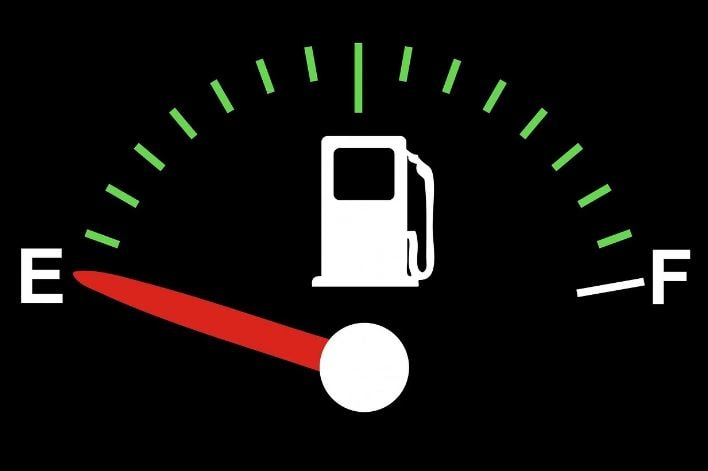
In this case, the vehicle lacks sufficient fuel for the engine. A failed camshaft position sensor may provide incorrect data to the engine control module. Or it could leave the fuel injectors open for too long, forcing extra fuel into the combustion chamber.
This incorrect information of the camshaft position sensor will cause the engine to not run as efficiently as it should. If this continues, it can cause engine knocking and serious damage.
#2 Check Engine Light Comes ON
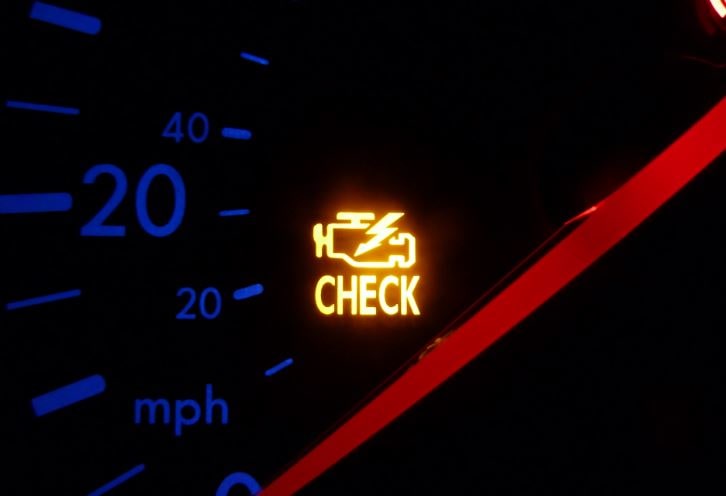
This is the most common symptom that occurs due to the failure of the camshaft position sensor. The reason is being that when your vehicle is experiencing a problem. If the warning light on the dashboard is on, ask a mechanic to run a diagnostic scan as soon as possible to find the exact problem.
All vehicles have an OBS system that efficiently monitors the vehicle’s hardware and software and can detect deterioration in a part before it fails completely, leading to imperceptible performance changes. It will also scan to get a series of error codes that will indicate to them what the real problem is.
If the light blinks always, stop the vehicle immediately and turn off your car. If you ignore it, it can cause serious damage to the engine.
#3 Ignition Problems
As problems with the camshaft position sensor begin to weaken, the signal transmitted to the car’s computer also weakens. This means that the signal is so weak that it will not allow the car to start as there will be no spark from the ignition system.
#4 Poor Transmission Shifting
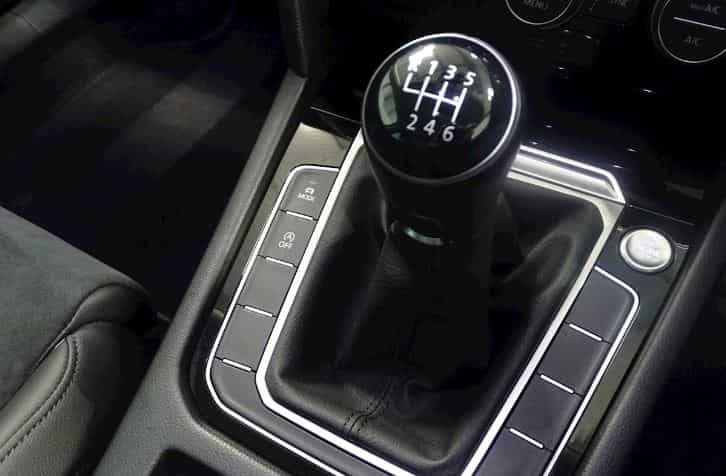
The cars with automatic transmissions will suffer problems of changing gears if you have a bad camshaft position sensor. The only way to get rid of that gear is to turn off your engine, wait a bit, and start again.
Additionally, data received by the ECM from a bad camshaft position sensor can prevent the shift solenoid from operating and shifting gears. This is called “Limp Mode” which helps to protect the engine from damage by limiting the engine speed.
#5 Stalling of Engine
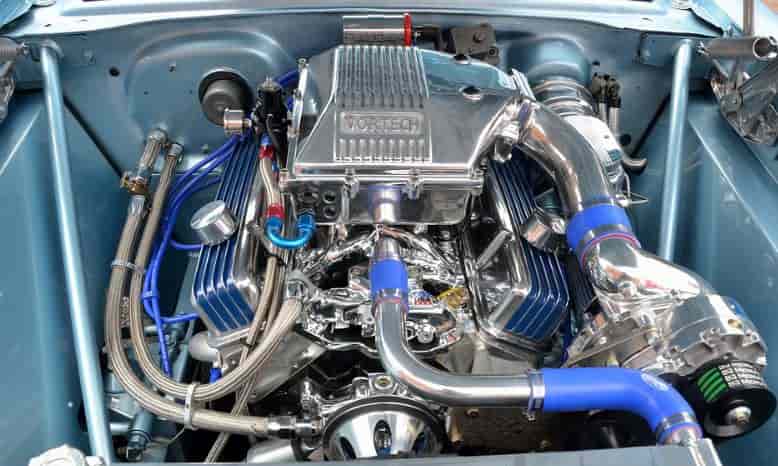
This is the worst scenario in your engine that actually stops or stalls while you are driving your car because the fuel injectors are not forced to inject fuel into the engine cylinder. The main reason for not supplying suitable fuel is a bad camshaft position sensor.
When the fuel injectors are not delivering the proper amount of fuel, the engine may experience stalling which car lead to costly repairs.
Read Also: What are the different parts of a car body?
#6 Poor Acceleration

Another symptom in the engine is the poor acceleration due to a failed camshaft position sensor. In addition to jerking, when your camshaft sensor starts to fail, your vehicle will not be able to accelerate very quickly.
In some cases, you can reach the top of 30 mph speed if you’re lucky. Poor acceleration again occurs due to mismatched fuel delivery and ignition timing even when off by a few milliseconds. In addition, it will also cause your vehicle to sputter, poor speed, lack of power, stall or even stop.
#7 High Fuel Consumption
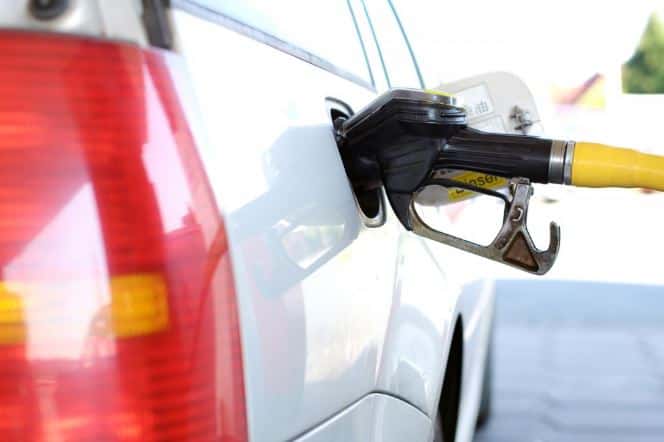
A faulty camshaft position sensor can negatively affect fuel economy which means the engine will consume more fuel than usual. Because of this, the fuel injectors will probably be putting too much fuel into the combustion chamber.
This symptom is very rare but not negligible and requires immediate repair or replacement of the camshaft sensor. If you experience a high fuel consumption, you should simply check the trouble codes for any codes related to the camshaft position sensor to get solutions.
#8 Engine Misfire
The signal from the camshaft sensor is required to operate fuel injectors, as well as most timing-based engine functions, such as spark control. In addition to all these symptoms, a failed camshaft position sensor can cause your engine to misfire which can cause vibrations while accelerating.
If you find that the check engine light on the dashboard has reduced your car’s engine performance, then it is definitely time to look up your car’s trouble codes. If this continues, it can also cause poor acceleration or other problems.
#9 Gas Smell
A faulty camshaft sensor can indirectly dump unburned fuel into a vehicle’s exhaust system. This not only affects the fuel economy but can also cause some irritating black smoke from the tailpipe. This unburned fuel gas from the tailpipe causes a noticeable smell which is very dangerous for people.
#10 Rough Idling
Rough idling of the engine can also be caused by a failure of the camshaft position sensor. When the camshaft sensor malfunctions, rough idle occurs due to asynchronous combustion in the cylinder.
It could also be the result of a bad idle fuel pump or EGR (exhaust gas recirculation) valve. Whatever the reason, it’s important to know what causes rough idling, and it may require some additional tools and testing to figure it out.
#11 Engine Won’t Start
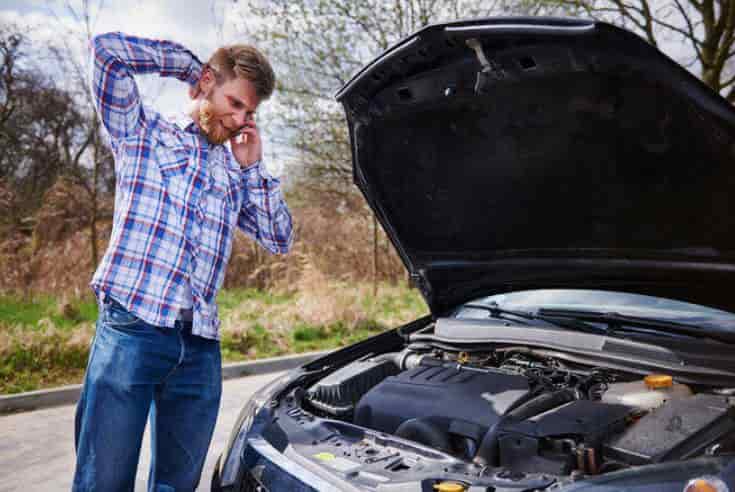
This is the most common symptom that every driver faces due to a bad camshaft position sensor. Because of this, the vehicle starts very difficultly and in some cases does not start at all. As the camshaft sensor weakens, it does not send a signal to the ECM and, as a result, the ignition system cannot generate sparks correctly.
If there is no spark, the engine will not start, indicating that the camshaft sensor has failed. More recent cars will automatically detect that the camshaft position sensor is not working properly, so they will use the crankshaft position sensor instead.
Camshaft Position Sensor Replacement Cost
The average cost to replace a worn-out camshaft position sensor is between $170 and $220. Labor costs and parts prices are added up. Labor costs and parts prices are also added up. Additional duties and taxes will also be added to these costs.
There are certain steps to be followed while replacing the camshaft position sensor which is described below.
- First, you have to disconnect the negative battery cable.
- Now, you need to locate the sensor. This is usually on the top, front, or rear of the engine. It will probably have a 2-3 wire connector attached.
- Once you find it, you will need to release the tab on the sensor to disconnect the wires from the sensor.
- Without delay, unscrew the mounting bolt connecting the sensor to the engine. This is usually an 8mm or 10mm bolt.
- Pull off the worn-out sensor with a slight twist.
- When installing a new sensor, you will need to apply some engine oil to the sensor’s O-ring.
- Establish the new camshaft position sensor and secure it with the mounting bolts.
- Reconnect the wire connector to the sensor appropriately.
- Lastly, reconnect the negative terminal of the battery.
- Then, take a test drive to know whether the camshaft position sensor working or not.
Closing It Up
The function of the camshaft position sensor is very similar to that of the crankshaft position sensor. In some vehicles, the engine control module may be able to compensate for one for the other. But you should always care for sensor signals to avoid any consequences that could damage your engine.
So for now, I hope I’ve covered everything about “Camshaft Position Sensor“. If you still have any doubts or questions regarding this topic, you can contact us or ask in the comments, we will reply to you. If you liked it, then share this with your friends and spread the knowledge.
Want free PDFs direct to your inbox? Then subscribe to our newsletter.
Download PDF of this article:
You might like to explore more:
Please sir i want to be learning here.maybe i could have a mentor, To learn me.
Hi there, you can subscribe to our newsletter for upcoming updates.
Hello I need to join here for further learning
You can subscribe to our newsletter to stay tuned for upcoming updates.